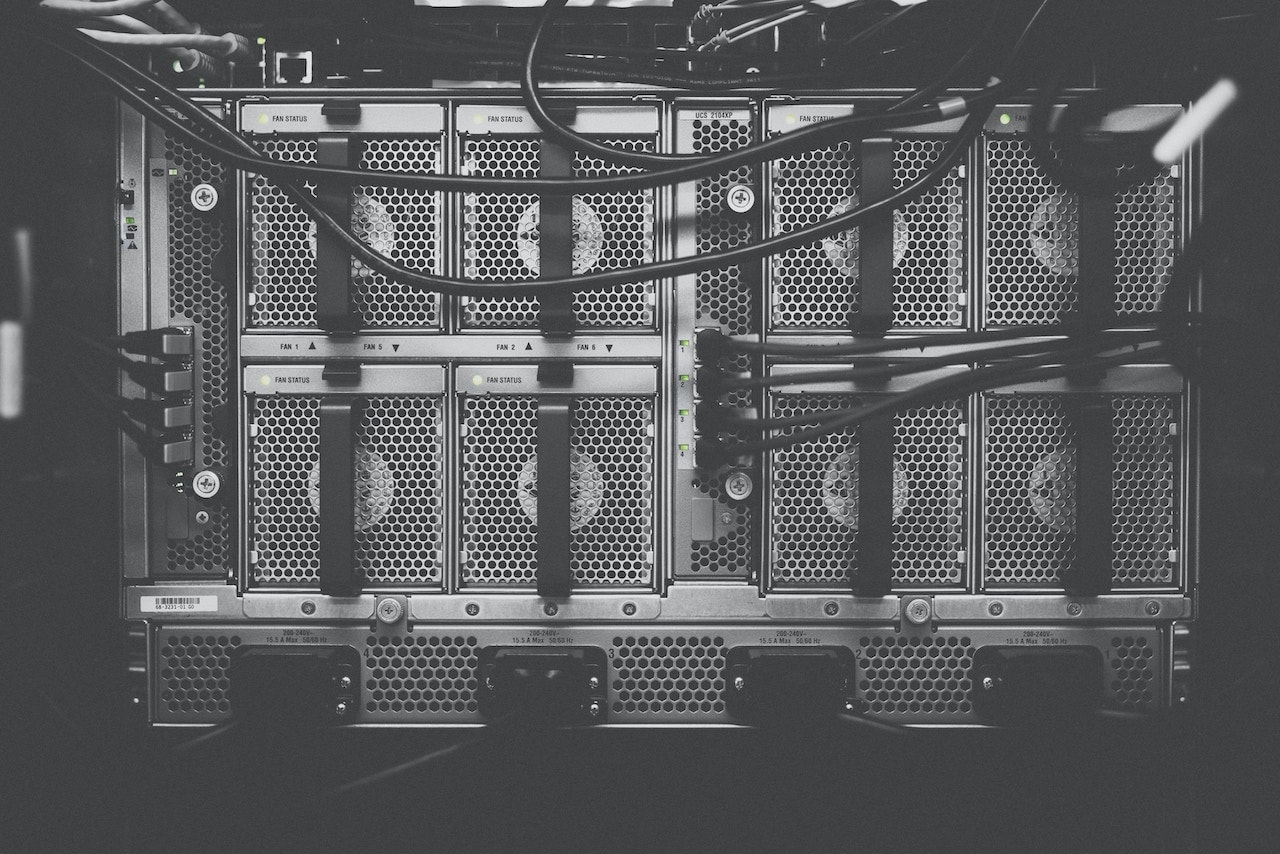On October 31, 2023, Windows 2012 R2 Server will reach its end of life. Microsoft will cease all support of this product, including security updates. Continuing to use it after the deadline will put your business at risk. If you don’t know if your company is currently using a Windows 2012 R2, talk to your IT team.
In short, you need to act now. Postponing may result in data loss and/or a data breach.
How The End of Life for Windows 2012 R2 May Affect Your Business
In addition to cybersecurity risks, outdated servers may experience performance degradation, compatibility issues with modern software, and increased maintenance costs due to limited vendor support, replacement part availability, and skilled personnel. Upgrading to current server solutions is essential to mitigate these threats and ensure a secure, efficient, and reliable IT environment.
Your Upgrade Options
You have three basic options to address the Windows 2012 R2 Server end of life.
Option 1: Migrate to the cloud and eliminate on-premises servers, if it fits your business needs.
There are 2 key benefits to cloud migration. First, it eliminates the need to purchase and maintain new hardware which can be very expensive. Each environment is unique, so cloud migration costs can vary from business to business. However, most businesses find the investment is worthwhile. Second, cloud servers provide scalability (upgrade your cloud server immediately when needed) and security (cloud infrastructures will have a much higher level of security than you would ever invest in).
The upgrade process is straightforward. The new cloud server is set up. Applications and data are migrated (in parallel so there is minimum downtime). Everything is tested to ensure performance and security. Once the server is ready, you do a final sync of the data, turn off the old server, and point everyone to the new server. Normally, the process is seamless. Users do not need to do anything and may not even know the upgrade has taken place. In the end, migrating to the cloud makes IT management easier, eliminates the hassle of purchasing and supporting hardware, and eliminates many of the on-premises risks like floods, fire, theft, etc.
Option 2: If having a physical server is a must for you, talk to your IT team and have them recommend the proper replacement for your environment. There are many suitable servers available. We recommend looking at established, proven brands like HPE, Dell, Lenovo, or perhaps Cisco, if you use them as your networking platform. You can expect to spend about $5-10k plus the cost of installation. This can be a big upfront investment and it is important that your organization have a plan in place to upgrade before the deadline. A security breach can cost much more! In my experience, 5-7 years is a typical lifecycle of a server. Anything older than 7 years exposes you to potential vulnerabilities. Once you have chosen the proper physical server, upgrading is very much like moving to the cloud. It typically uses much the same process and takes the same amount of time. Ultimately, there is really no benefit to using onsite hardware over the cloud outside of squeezing some potential savings by extending its use years beyond its warranty and useful life.
Option 3: Do nothing. I don’t recommend this option because we take cybersecurity seriously. However, if you choose this option, you will need to purchase something like Sophos extended legacy support which provides updates, bug fixes, and technical support for your server’s security software. Anyone with a server running Windows 2012 will need this even if they are not currently using Sophos. Be aware it will be expensive.
Talk to your IT team ASAP so you can evaluate and choose the best option ahead of the October 31 deadline and address the risk.
Microsoft: https://learn.microsoft.com/en-us/lifecycle/announcements/windows-server-2012-r2-end-of-support






